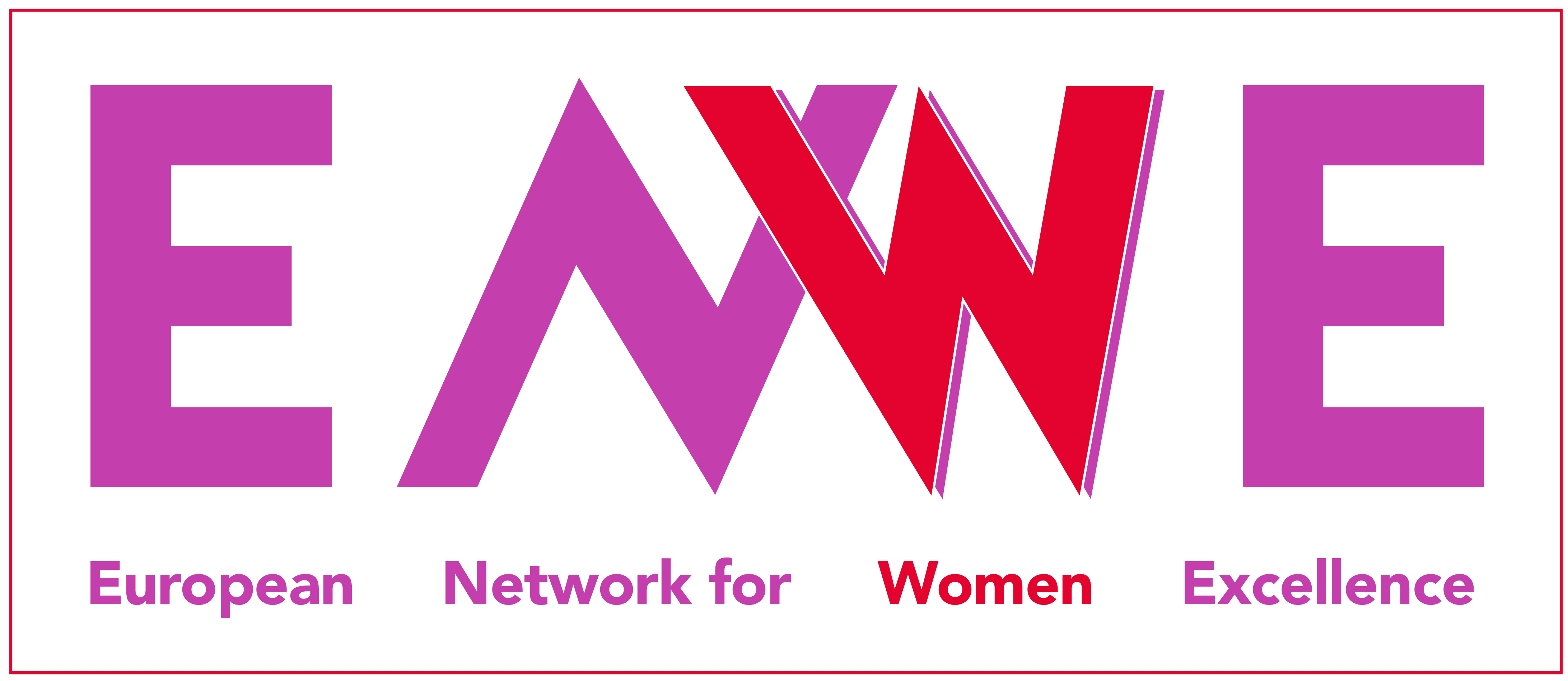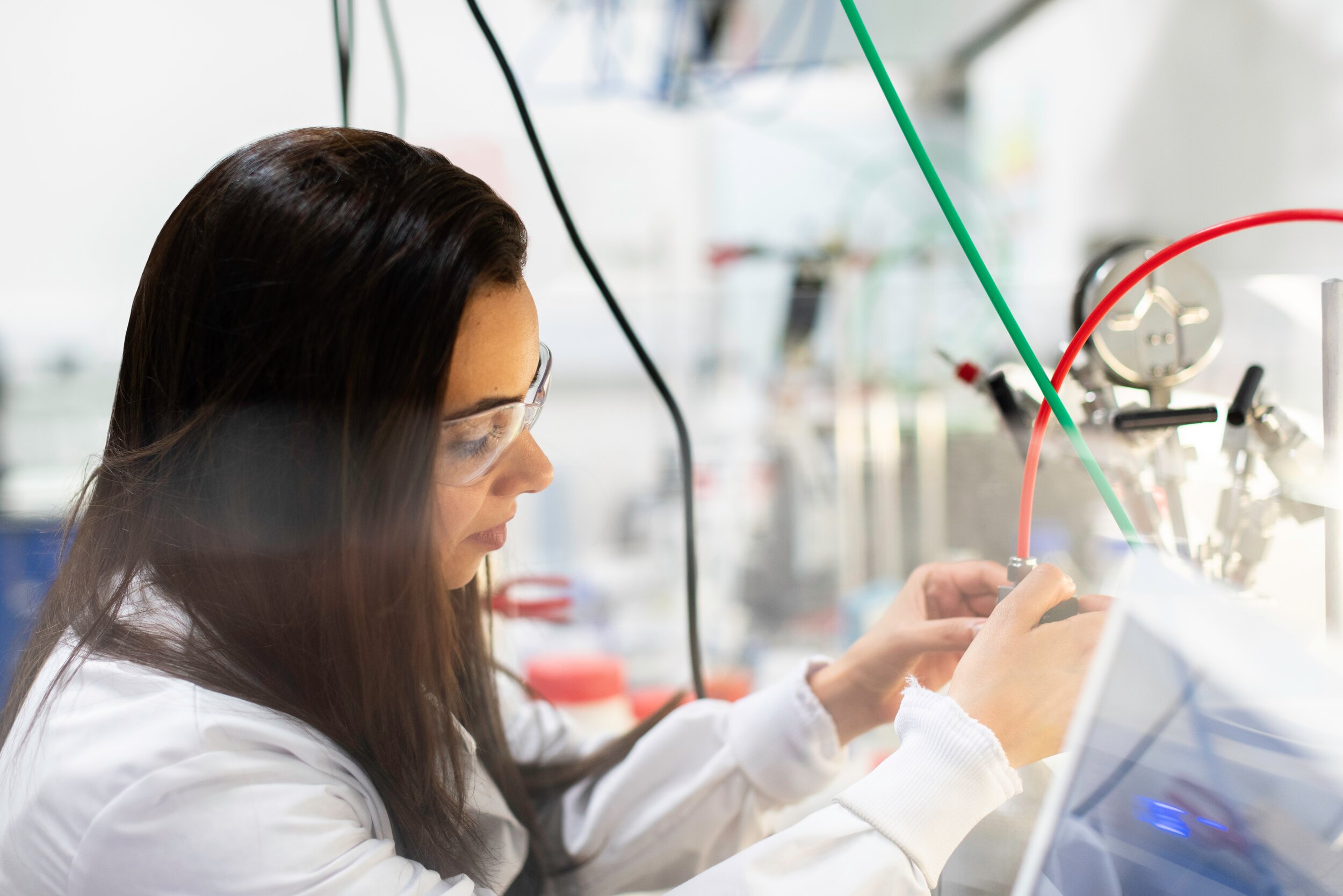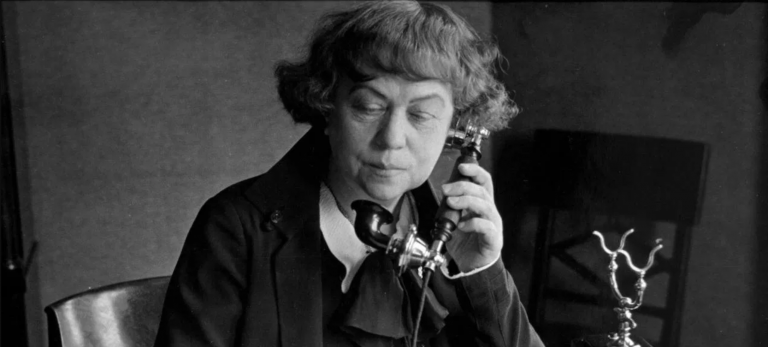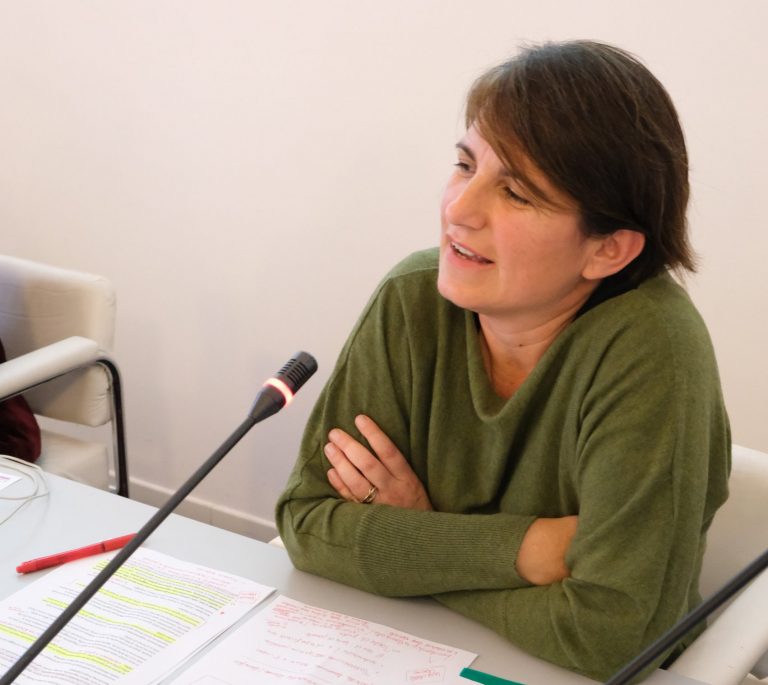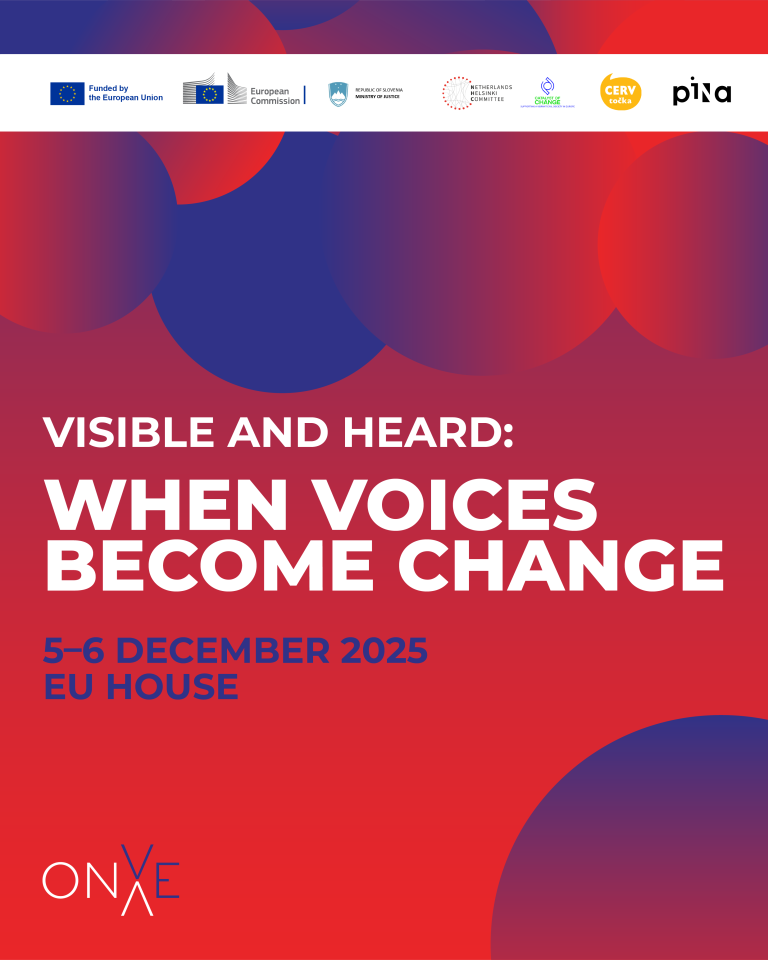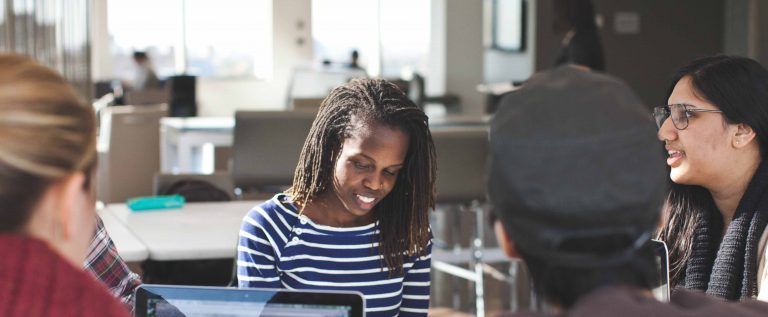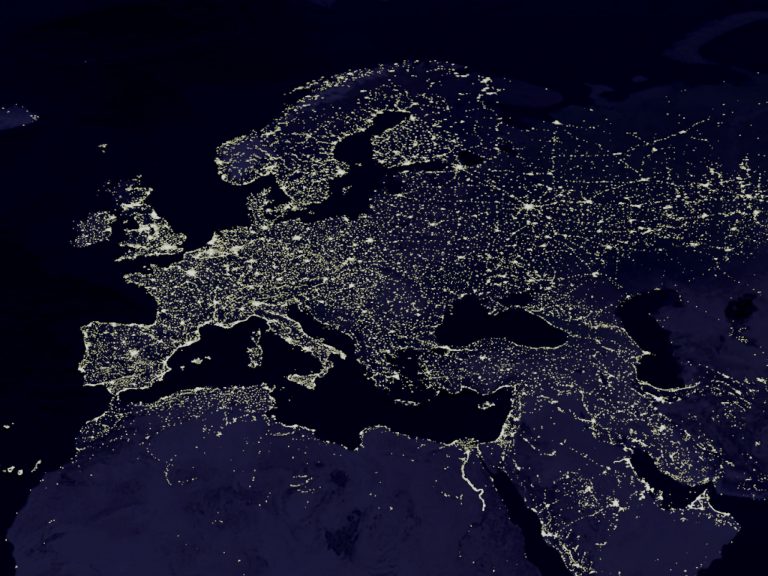In European news there are still not enough women experts, says Global Media Monitoring Project
The results from the sixth Global Media Monitoring Project (GMMP), the world’s longest-running and most extensive research on gender in the news media, reveal a picture of mixed signals. While there have been small incremental changes towards parity during the past five years, the overall pace of change remains still. In total, 32 European countries participated in the 6th GMMP, collecting news stories from a variety of media outlets—print, radio, television, Internet, Twitter news feeds.
Since 2015, women’s visibility, as both subjects and reporters of news, has not really changed, says the GMMP. In a span of over 25 years, though, the increase in women’s representation and contribution to the news agenda has increased, but it still does not reflect women’s actual presence in European society, culture, arts and politics.
Women continue not even to reach one-third of news sources, and when they do, they are confined to a range of topics that is stereotypically held to the private or domestic domain. As a result, they are generally more likely to function as public opinion or eye witnesses, rather than experts.
In Europe, women accounted for 28% of 22613 sources coded in 10691 news stories in both legacy and digital media. This constitutes an increase of 3% compared to the 2015 data, and is only 3% higher than the global average of 25% recorded in the latest GMMP.
While women inhabit the private and domestic sphere of the news industry, the male counterpart seems to enjoy visibility in the public and professional sphere. As a result, the news stay dominated by men’s voices and perspectives on other men’s activities, even during a global pandemic which affects everyone—but especially women.
ENWE is working to create a network of European databases involved in offering the media an extensive selection of prestigious female profiles for interviews, conferences, and panels. Find out more about our network of partners here.
